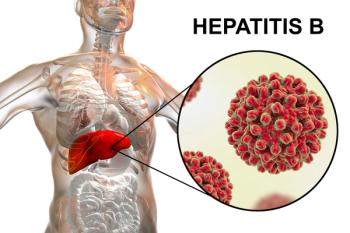
Execs share war stories about adopting technology in their stores
Information technology for pharmacy is allowing more efficiencies and supporting more services, according to two chain executives.
Information technology for pharmacy is allowing more efficiencies and supporting more services, two chain pharmacy executives said in Arlington, Va., at the National Association of Chain Drug Stores Foundation (NACDS) conference on "HIT/EMR/PMR."
Biometrics is used to identify pharmacists and technicians for security purposes. It ensures that critical aspects of the prescription and dispensing cycle, such as drug utilization review and final review of prescriptions, are done only by pharmacists, Mound said.
In addition, he said, new, easy access to electronic drug and medical reference information is critical: "We finally have up-to-date information in all our stores so that the practitioners can do their job a lot quicker."
Mound said one of the more exciting things he has seen is the full integration of e-prescribing into the ARx application with real-time data exchange. And, he said, physician adoption has been accelerating, although the chain wishes it were faster.
He noted that SuperValu stores offer blood glucose meter downloading, as well as other data downloading, via health kiosks, including information regarding blood pressure, weight, and body mass index.
Mound said that like many others, his chain is increasing medication therapy management services but is also struggling with software and tools to help with medication therapy management (MTM) documentation and billing. Currently, he said, depending on the various patient bases, the different stores in the chain are using MirixaPro, Outcomes, Assurance, and Missouri Medicaid's electronic medical records. Unfortunately, he said, while each of those programs has advantages, none stands out and none interfaces with the pharmacy management system.
The chain also participates in ICERx and the SureScripts medication history programs, which Mound called a "great stepping stone to prepare pharmacy for participation with electronic health records as we move forward." Mound asserted that interoperability is needed among all systems that feed health information, including electronic medical records, pharmacy management systems, and peripheral devices.
In the same conference session, Ralph Petri, executive vice president of Kerr Drug, a North Carolina-based chain, said his stores are using software for the special MTM program called ChecKmeds NC, started in the state last October. The system offers a patient scheduling program, tracking of completed claims and bills, and integration of the billed and paid claims into the financial systems.
So far, he said, the ChecKmeds program can demonstrate $1.7 million in savings for 4,805 patients, about $354 per patient. About $300,000 of that is due to drug therapy changes, such as switching patients to over-the-counter medications.
The software, he noted, helps the chain put tags on the pharmacy bags to alert the pharmacists that the patient may be eligible for MTM services.
Petri added, however, that his chain is struggling with managing the schedule of patients and the availability of its pharmacists.
Collecting outcomes data to present to the state is important, he concluded, "because everybody wants to know, 'What am I getting for this investment?'"
THE AUTHOR is a writer based in the Washington area.
Newsletter
Pharmacy practice is always changing. Stay ahead of the curve with the Drug Topics newsletter and get the latest drug information, industry trends, and patient care tips.











































































































































































































